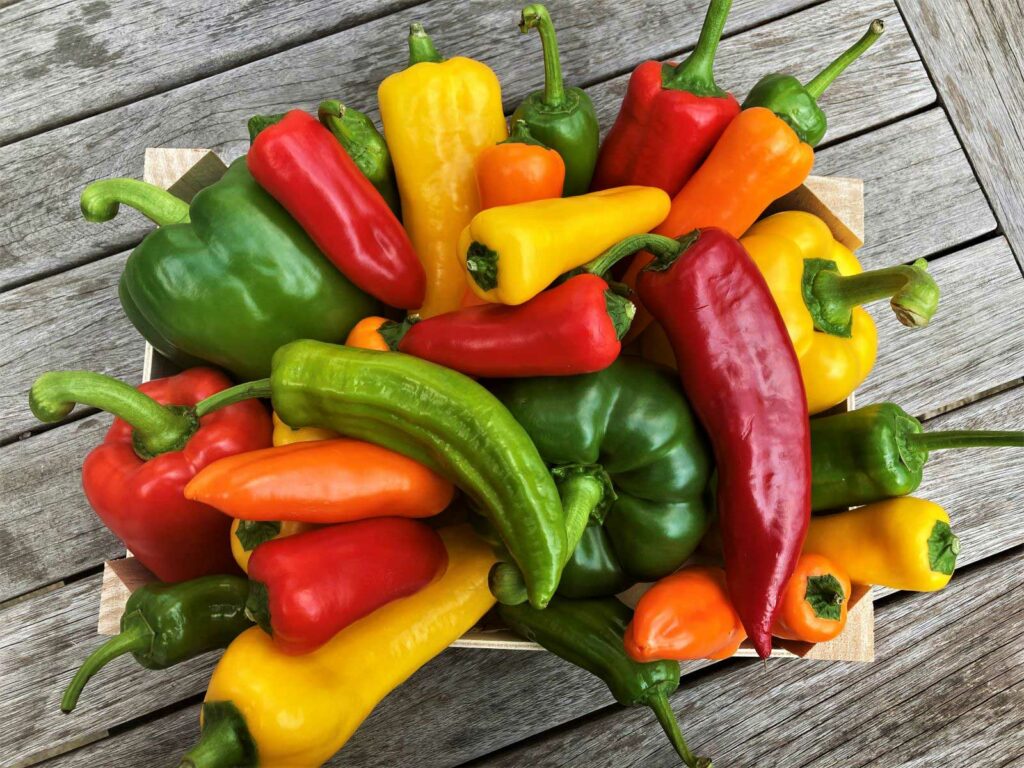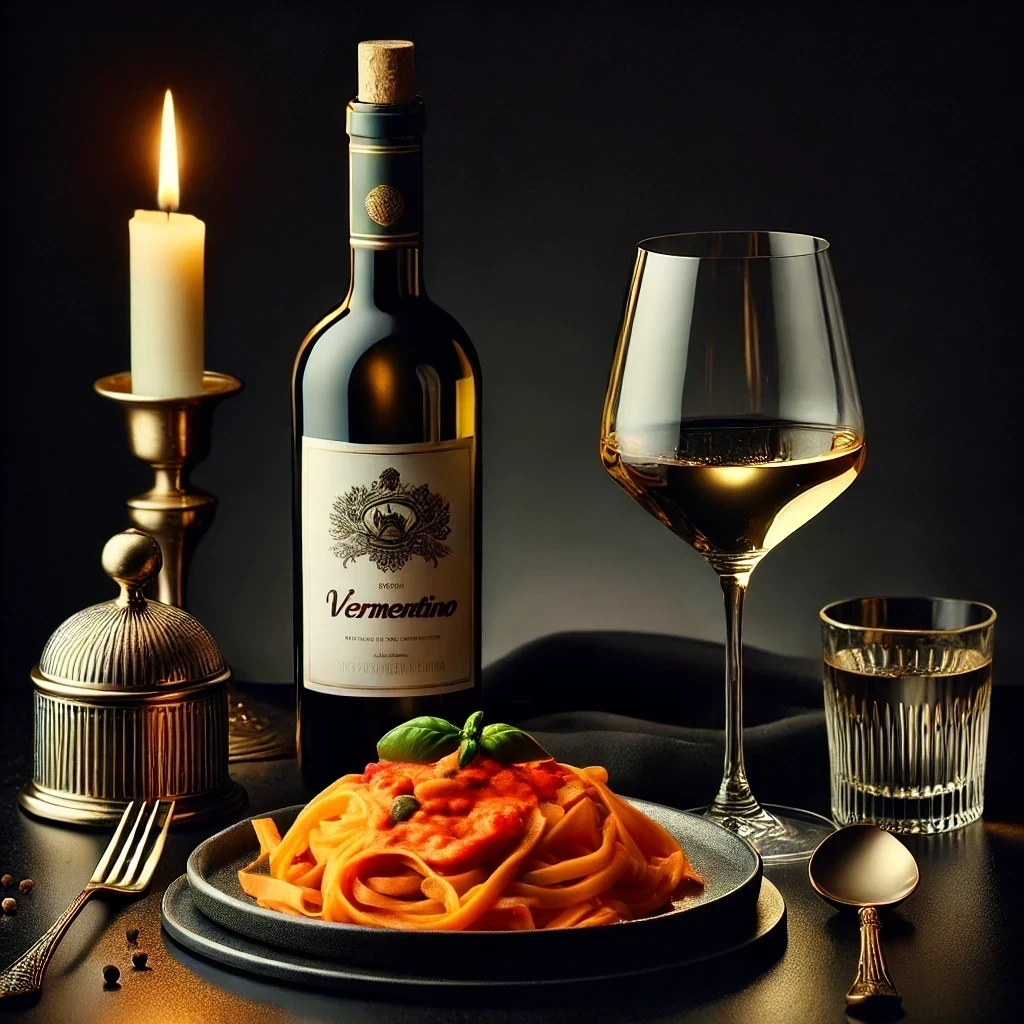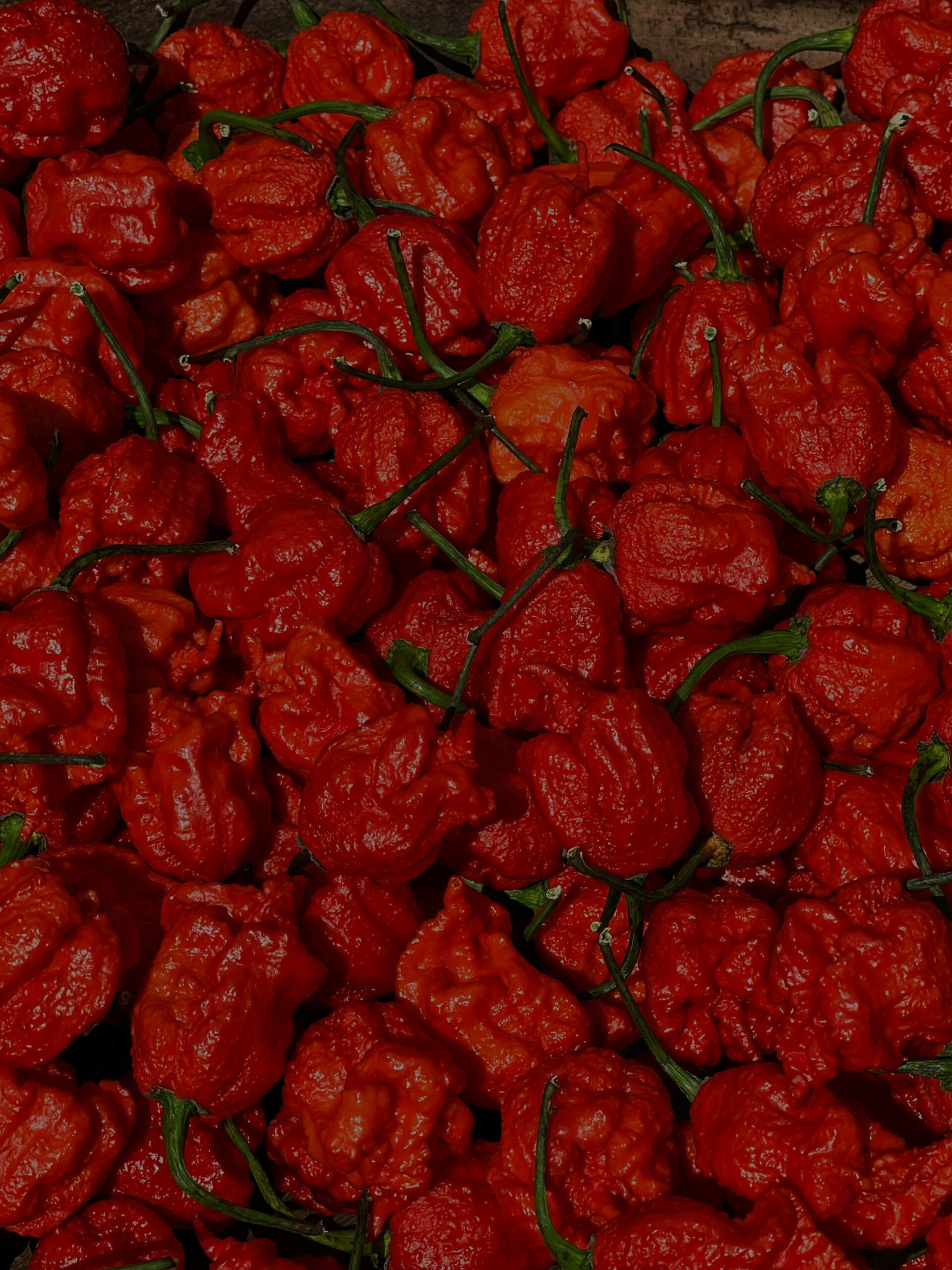The Art of Spices: Flavor, Culture, and History in Every Bite
Paprika is one of the most versatile spices in cooking. This Spice Guide explores its flavor pairings, origins, and culinary uses. Derived from various parts of plants—such as seeds, bark, roots, or fruit—spices are used not only to enhance the flavor of food but also to preserve it, provide health benefits, and add visual appeal. From the fiery heat of chili peppers to the earthy warmth of cinnamon and the aromatic complexity of cumin, spices bring depth and character to a dish.
Beyond their culinary uses, many spices hold cultural, medicinal, and historical significance, having played essential roles in trade, medicine, and rituals. The rich diversity of spices available today reflects the global exchange of goods and ideas, making them a symbol of both culinary creativity and cultural connectivity.

A Journey of Heat and Flavor
PAPRIKA
The Origins of Paprika: From the Americas to Europe
While paprika is most commonly associated with Hungarian and Spanish cuisine today, its roots trace back to the Americas. The pepper plant (Capsicum annuum) from which paprika is made is native to Central and South America. Indigenous peoples, including the Aztecs and Mayans, were the first to cultivate peppers, using them both as food and medicine. Christopher Columbus is often credited with introducing the pepper to Europe after his voyages to the New World in the late 15th century.
Columbus mistakenly believed he had discovered a new variety of pepper (black pepper), and he brought these brightly colored peppers back to Spain. Over time, these peppers spread across Europe, where they were cultivated and adapted into various regional cuisines.

The Different Types of Paprika
Paprika can vary in flavor, heat, and color, depending on the type of pepper used and how it is processed. Broadly speaking, paprika comes in three main types: sweet, hot, and smoked. Each variety brings a unique character to the dish it flavors.
- Sweet Paprika: This is the mildest and most commonly used form of paprika. It is made from sweet, bell pepper varieties and has a sweet, earthy flavor with a slightly bitter aftertaste. Hungarian sweet paprika is famous for its vibrant red color and is a staple in many Hungarian dishes.
- Hot Paprika: As the name suggests, hot paprika is made from spicier pepper varieties. It can range from mildly hot to quite fiery, depending on the type of pepper used. Hot paprika is used in dishes that need a bit of heat, such as in certain stews, sausages, and marinades.
- Smoked Paprika (Pimentón): This variety of this is made by drying peppers over an open flame, which imparts a smoky, slightly sweet flavor. It is a signature ingredient in many Spanish dishes and is especially popular in Mediterranean cooking. Smoked ones adds depth and a rich smoky flavor to everything from soups and meats to sauces and vegetables.
In conclusion, spices are much more than mere flavor enhancers; they are a testament to the rich tapestry of human history, culture, and culinary evolution. From ancient trade routes that spread these precious ingredients across the globe to their modern-day use in kitchens around the world, spices continue to inspire and transform dishes in endless ways.
Whether adding a dash of heat, a touch of sweetness, or a burst of aromatic complexity, spices elevate our meals and connect us to the diverse culinary traditions that shape our global food culture. The next time you reach for a jar of them, cinnamon, or cumin, remember that you’re not just seasoning your food—you’re savoring centuries of history and tradition.

